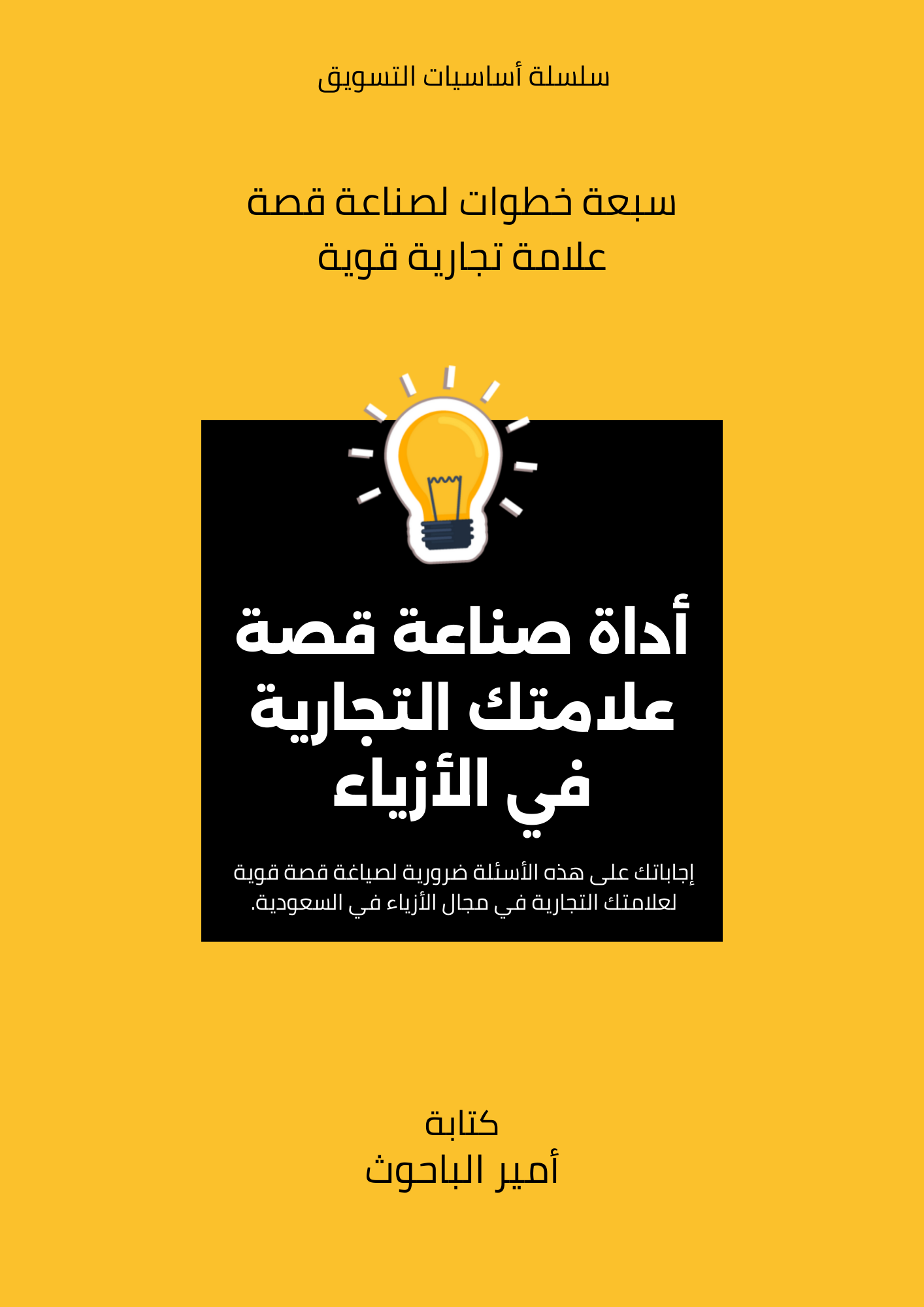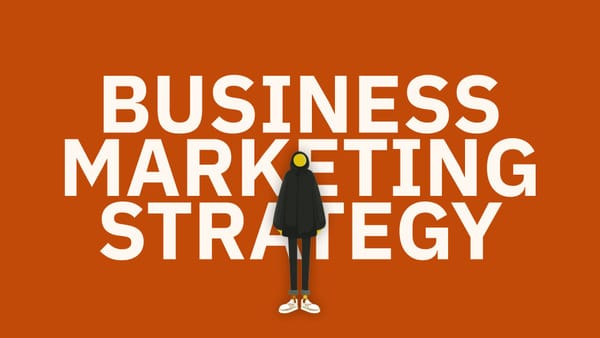Fashion Marketing in Saudi Arabia
Discover the secrets to successful fashion marketing in Saudi Arabia. This comprehensive guide covers audience insights, brand storytelling, social media strategies, and measuring marketing success. Perfect for fashion brands looking to thrive in the Saudi market



Chapter 1: Understanding Your Audience
Understanding your audience is the cornerstone of effective fashion marketing. Knowing who they are, what they need, and how they behave allows you to tailor your messages and products to their preferences, increasing engagement and conversion rates. Audience research involves gathering demographic information (age, gender, location), psychographic data (interests, values), and behavioral insights (purchase habits, fashion preferences). This comprehensive view helps in creating personalized and relevant marketing strategies that resonate with your target audience in Saudi Arabia.
Example:
A Saudi fashion brand wants to launch a new line of abayas. By conducting audience research, they discover their primary customers are women aged 18-35 who value modern designs with traditional elements. This insight leads the brand to create marketing campaigns featuring local influencers and highlighting the unique blend of modernity and tradition in their abayas.
Tool to Use:
Google Analytics – This tool provides detailed insights into website visitors, including demographics, interests, and behaviour. Use it to understand which segments of your audience engage most with your content and what interests them.
Typical Duration to See Impact:
1-3 months – Initial audience research can provide immediate insights, but ongoing analysis over a few months will show trends and patterns, allowing for more refined and effective marketing strategies.
Chapter 2: Crafting Your Brand Story
A compelling brand story connects with your audience on an emotional level, making your brand memorable and relatable. It should convey your brand’s values, mission, and the unique value proposition you offer. A good brand story is authentic, engaging, and consistent across all marketing channels. It humanizes your brand, builds trust, and fosters loyalty. The story should also reflect the experiences and aspirations of your target audience, making them feel a part of your brand’s journey.
Example:
A Saudi luxury fashion brand, known for its handcrafted handbags, built a powerful brand story around the heritage and craftsmanship of Saudi artisans. Their story resonates deeply with locals who appreciate the cultural significance and quality of their products. This connection drives engagement and loyalty, making the brand a symbol of Saudi pride and luxury.
Tool to Use:
StoryBrand Framework – This framework helps you clarify your brand message by structuring your story in a way that highlights the customer's journey and how your brand helps them overcome challenges.
Typical Duration to See Impact:
3-6 months – Developing a brand story and integrating it across all touchpoints takes time. Consistent storytelling will gradually build a strong brand identity and emotional connection with your audience.
Chapter 3: Social Media Marketing Strategies
Social media marketing involves using platforms like Instagram, Twitter, Snapchat, and LinkedIn to promote your fashion brand, engage with your audience, and drive traffic to your website. Effective social media strategies include content planning, audience engagement, and performance analysis. Tailor your content to each platform’s strengths and user base, use visuals and videos to capture attention, and interact with followers to build a community. Consistency in posting and staying up-to-date with trends are crucial for maintaining visibility and relevance.
Example:
A Saudi-based fashion retailer uses Instagram to showcase their latest clothing collections, share styling tips, and engage with followers through interactive stories and live Q&A sessions with fashion designers. This strategy increases their follower base and drives more online and in-store sales.
Tool to Use:
Hootsuite – This social media management tool allows you to schedule posts, monitor mentions, and analyze performance across multiple social media platforms from one dashboard.
Typical Duration to See Impact:
1-3 months – While some social media strategies can yield quick wins, building a loyal and engaged following usually takes a few months of consistent effort and interaction.
Chapter 4: Measuring Marketing Success
Measuring marketing success involves tracking key performance indicators (KPIs) that align with your business goals. Common KPIs include website traffic, conversion rates, customer acquisition costs, and return on investment (ROI). Analyzing these metrics helps you understand what’s working, what’s not, and how to optimize your campaigns. Regular reporting and analysis allow you to make data-driven decisions, allocate resources effectively, and demonstrate the value of your marketing efforts to stakeholders.
Example:
A Saudi online fashion store tracks KPIs such as average order value, customer lifetime value, and cart abandonment rate. By analyzing these metrics, they identify that a high cart abandonment rate is a major issue. They implement a retargeting campaign with personalized emails in Arabic and see a significant decrease in abandoned carts.
Tool to Use:
Google Analytics – This tool tracks and analyses website traffic and user behaviour. It provides insights into how visitors interact with your site, which pages are most popular, and where users drop off.
Typical Duration to See Impact:
1-6 months – Depending on the complexity of your marketing campaigns and the frequency of your analysis, it can take a few months to gather enough data to make informed decisions and see significant improvements.
If you are interested in Influencers marketing you can check this blog - Influencer Marketingcosts




